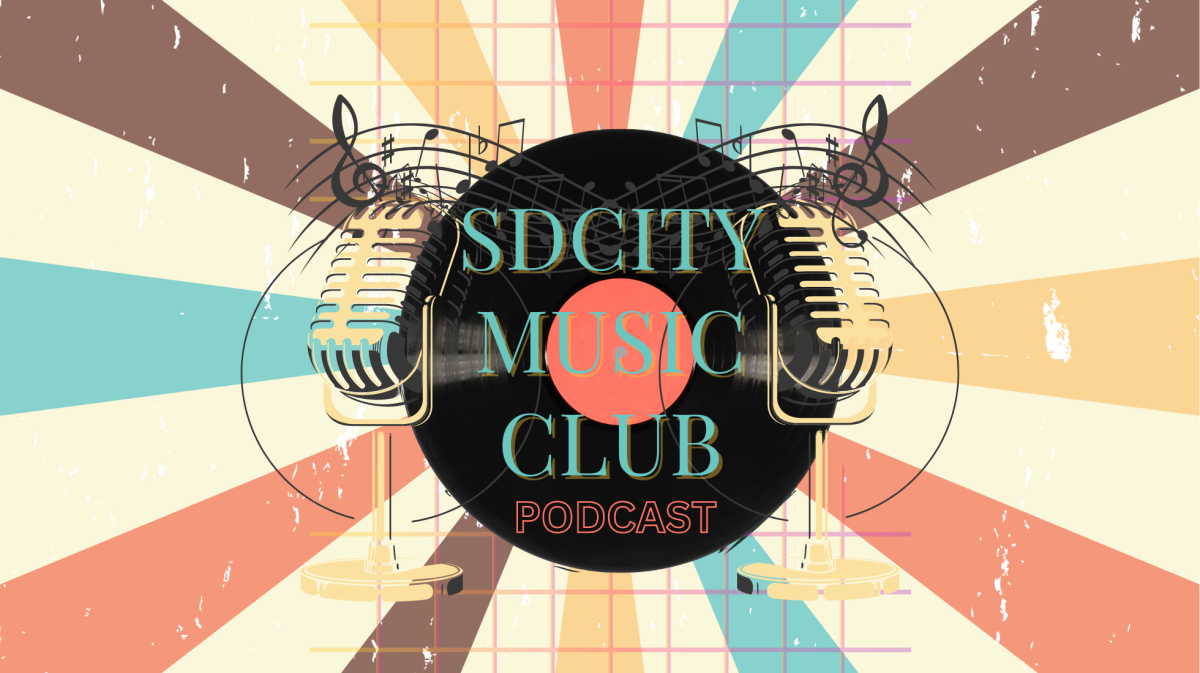Today many Americans presume that St. Patrick’s Day, March 17, is an arbitrary and casual holiday used as an excuse to drink beer and wear green. According to San Diego City College professor Joseph Radzikowski, “It’s a day everyone wants to be Irish.”
Many participate in the annual celebration. But what is really behind the traditions of wearing green in prevention of the infamous pinch? What is behind the story of the leprechaun? “Currently, St. Patrick’s Day seems more of a celebration of Irish culture and heritage. It was a Christian religious holiday in honor of St. Patrick, a patron saint of Ireland. It seems to have become much more secular these days with parades and community celebrations” said City College professor Susan Hasegawa.
So what have Americans made out of this Christian religious holiday?
Wearing green was fortified in the American culture when school children started to pinch others who did not wear green on St. Patrick’s Day. Folklore that passed down from Irish ancestors stated wearing green made people invisible to leprechauns, fairy creatures who would pinch anyone they could see.
Fellow student Wendy Janet Rivas said, “I don’t celebrate St. Patrick’s by wearing green and I never pinch people”.
According to 25 City College students anonymously surveyed, only six claim to still pinch non-green wearers. So luckily for us only a few still keep that tradition.
One of the most famous symbols of the holiday are leprechauns, thanks to old Irish folklore. According to “St. Patrick’s Day: Parades, Shamrocks, and Leprechauns” by Elaine Landau, the legend is that the fairies pay the leprechauns for their work with golden coins, which the “little people” collect in large pots.
These famous “pots of gold” are often associated with leprechauns, and that is how they are seen today.
Another traditional symbol of Ireland and St. Patrick’s Day is the shamrock, or specifically the four-leaf clover. According to csmonitor.com, legend has it that St. Patrick used the shamrock to visually illustrate the concept of the Father, the Son and the Holy Spirit when trying to convert polytheistic pagans to Christianity.
Through the retelling of this story, the shamrock became associated with St. Patrick and Ireland’s conversion to Christianity.
The folklore for four-leaf clovers differs from that of the shamrock because it has no religious beliefs associated with it. It is believed each of the four leaves represents something different: hope, faith, love and happiness. Finding a four-leaf clover is thought to bring someone good luck.
So this year, if you want the luck of the Irish, take three steps: wear green, find a four-leaf clover and catch a Leprechaun, if you can.







